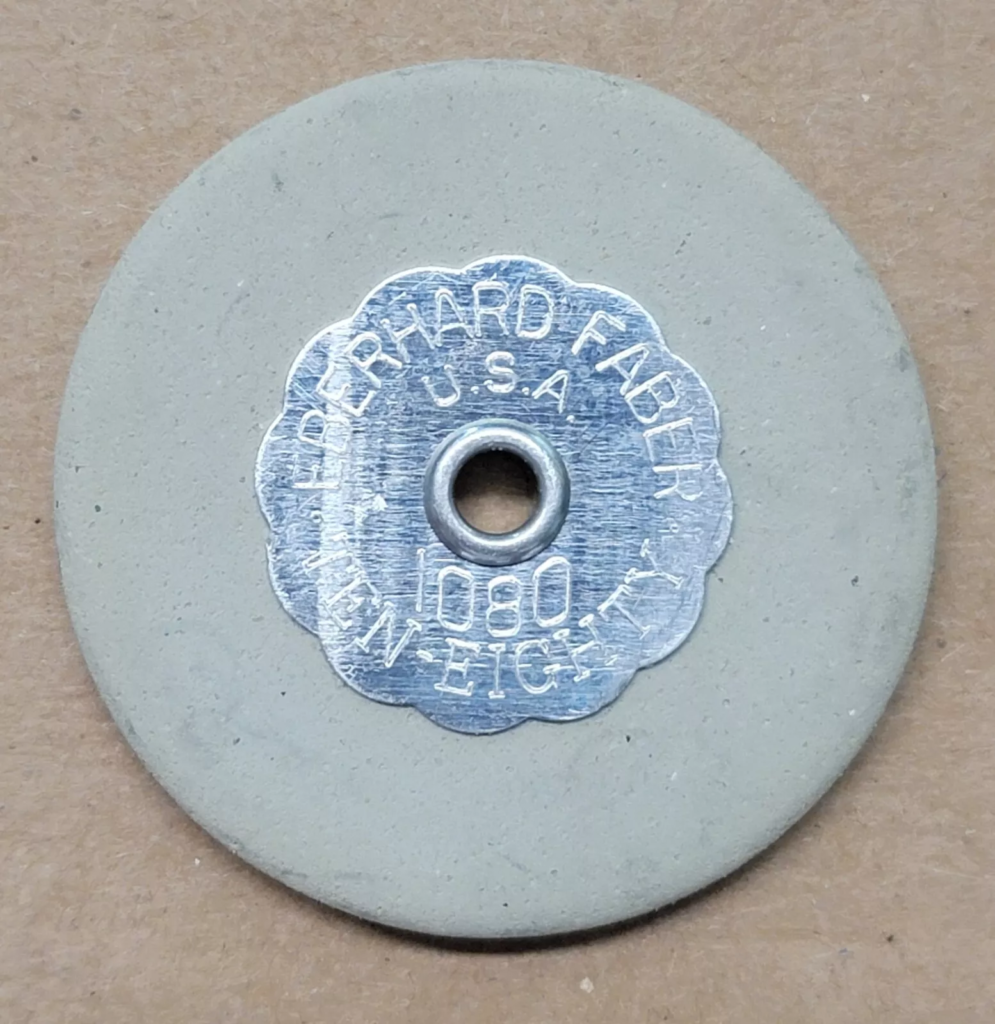On January 20, 1874, U.S. Patent No. 146607 issued to Elijah McCoy, of Ypsilanti, Michigan, on an Improvement in Steam-Lubricators:

Elijah was one of the most prolific Black inventors of his era, receiving at least 52 patents (listed below). So remarkable was his career, that the United States Patent and Trademark Office named its first regional office, in Detroit, Michigan, the “Elijah J. McCoy Midwest Regional Patent Office.”
| 129843 | July 23, 1872 | Improvement in Lubricators for Steam-Engines |
| 130305 | August 6, 1872 | Improvement in Lubricators for Steam-Engines |
| 139407 | May 27, 1873 | Improvement in Lubricators for Steam-Engines |
| 146697 | January 20, 1874 | Improvement in Steam-Lubricators |
| 150876 | May 12, 1874 | Improvement in Ironing-Tables |
| 173032 | February 1, 1876 | Improvement in Steam-Cylinder Lubricators |
| 179585 | May 12, 1874 | Improvement in Steam-Cylinder Lubricators |
| 255443 | March 28, 1882 | Lubricator |
| 261166 | July 18, 1882 | Lubricator |
| 270238 | January 9, 1883 | Lubricator |
| 308258 | November 18, 1884 | Lubricator |
| 320354 | June 16, 1885 | Steam-Dome for Locomotives |
| 320379 | June 16, 1885 | Lubricator |
| 357491 | February 8, 1887 | Lubricator |
| 361435 | April 19, 1887 | Lubricator Attachment |
| 363529 | May 24, 1887 | Lubricator for Slide-Valves |
| 383745 | May 29, 1888 | Lubricator |
| 383746 | May 29, 1888 | Lubricator |
| 418139 | December 14, 1889 | Lubricator |
| 460215 | September 29, 1891 | Dope-Cup |
| 465875 | December 29, 1891 | Lubricator |
| 470163 | March 1, 1892 | Lubricator |
| 472066 | April 5, 1892 | Lubricator |
| 498809 | June 6, 1893 | Lubricator |
| 610634 | September 13, 1898 | Lubricator |
| 611759 | October 4, 1898 | Lubricator |
| 614307 | November 15, 1898 | Oil Cup |
| 627623 | June 27, 1899 | Lubricator |
| D31549 | September 26, 1899 | Design for a Lawn Sprinkler |
| 646126 | March 27, 1900 | Lubricator |
| 663976 | December 18, 1900 | Lubricator |
| D34072 | February 12, 1901 | Design for a Bicycle Handle-Bar |
| 783382 | February 21, 1905 | Journal Lubricator |
| 856084 | June 4, 1907 | Scaffold-Support] |
| 890295 | June 9, 1908 | Lubricator |
| 890787 | June 16, 1908 | Lubricator |
| D39542 | September 15, 1908 | Design for an Eraser |
| 903306 | Nov 10, 1908 | Lubricator |
| 911669 | February 9, 1909 | Lubricator |
| 997400 | July 11, 1911 | Lubricator |
| 1021255 | March 26, 1912 | Gage |
| 1031948 | July 9, 1912 | Lubricator |
| 1097134 | May 19, 1914 | Locomotive-Lubricator |
| 1101868 | June 18, 1914 | Valve and Plug-Cock |
| 1109775 | September 8, 1914 | Lubricator |
| 1127789 | February 9, 1915 | Tread for Tires |
| 1136689 | April 20, 1915 | Locomotive-Lubricator |
| 1192083 | July 25, 1916 | Lubricator |
| 1338385 | April 27, 1920 | Air-Brake-Pump Lubricator |
| D63107 | October 9, 1923 | Design for a Vehicle Wheel Tire |
| 1499468 | July 1, 1924 | Lubricator |
| 1558266 | October 20, 1925 | Lubricator |
| D68725 | November 10, 1925 | Design for a Rubber Heel |
| 1574983 | March 2, 1926 | Lubricator |














